
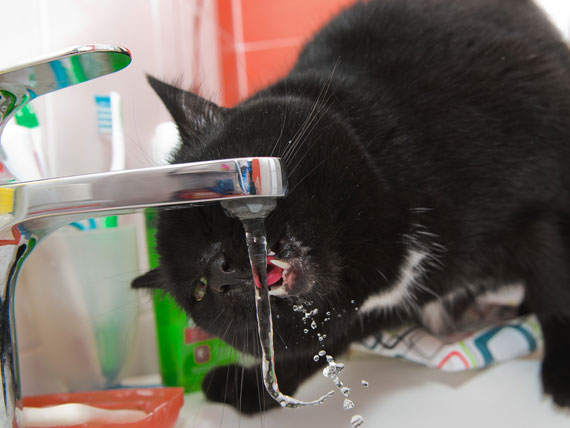
By Lorie Huston , DVM
As remarkable as it may seem, the domestic cats that currently share our homes and fill our hearts evolved from a desert-dwelling species. Though there are many differences between those original ancestors and the cats we currently keep as our pets, one thing that has not changed is the ability of our domestic cats to produce strongly concentrated urine as well as a low thirst drive in many cats.
A cat's ability to concentrate urine enables her to be able to survive on small quantities of water. However, this is not an ideal situation. Water is an essential nutrient. All cats need sufficient quantities of water to survive.
Cats that consume little water can easily become dehydrated, leading to a variety of issues. Cats that do not stay hydrated may suffer from urinary tract disease, including kidney disease and lower urinary tract disease, which can be present in many forms. Inflammation of the bladder (cystitis) is common. Bladder stones are possible and can lead to life-threatening urethral blockages, particularly in male cats. Contrary to popular belief, urinary tract infection is actually not very typical in cats less than 10 years of age. However, younger cats can suffer from various other urinary tract diseases.
There are several ways to encourage your cat to drink more water. Here are some suggestions:
If you suspect that your cat is not drinking enough water, has become dehydrated, or if your cat is experiencing changes in behavior, consult your veterinarian.
 How to Litter Train a Cat
By Shara Rutberg
Most cats will
How to Litter Train a Cat
By Shara Rutberg
Most cats will
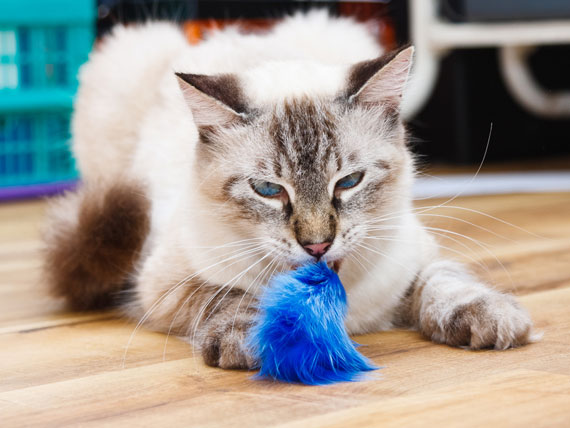 Does Your Aging Pet Need a New Diet and Lifestyle?
HOW DIET AND EXERCISE CAN MAKE YOUR SENIOR PE
Does Your Aging Pet Need a New Diet and Lifestyle?
HOW DIET AND EXERCISE CAN MAKE YOUR SENIOR PE
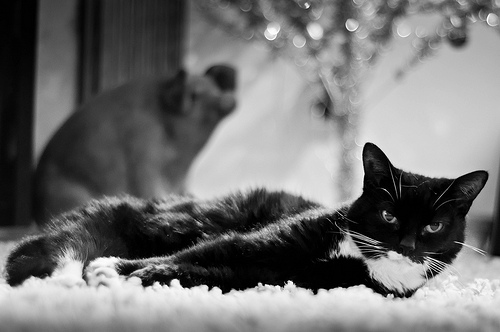 Holistic Medicine and How it Can Help Your Pet
By Yahaira Cespedes
Keeping Your Pet He
Holistic Medicine and How it Can Help Your Pet
By Yahaira Cespedes
Keeping Your Pet He
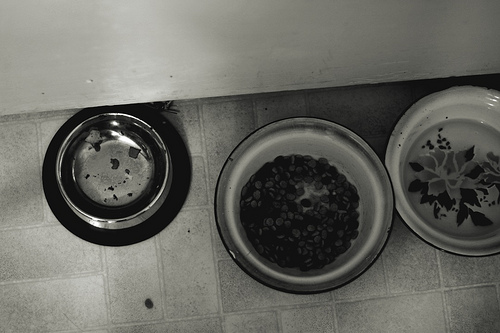 Wet Food Diet: Is it Better For Your Cat?
Tips for Feeding Your Cat
In the wild, cat
Wet Food Diet: Is it Better For Your Cat?
Tips for Feeding Your Cat
In the wild, cat
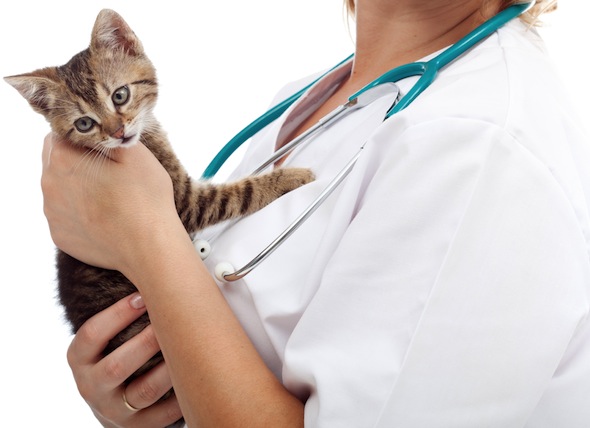 How Much Does it Cost to Spay a Cat?
by Lynne Miller
As any veterinarian wil
How Much Does it Cost to Spay a Cat?
by Lynne Miller
As any veterinarian wil
Copyright © 2005-2016 Pet Information All Rights Reserved
Contact us: www162date@outlook.com